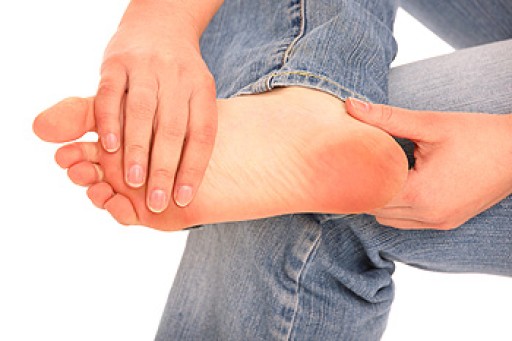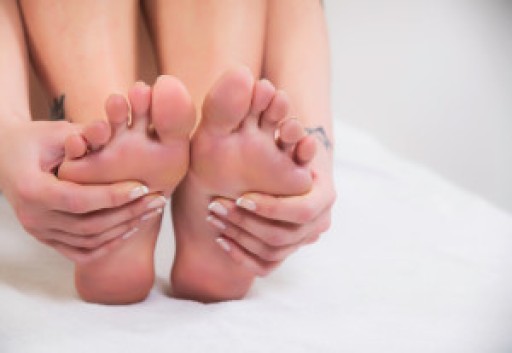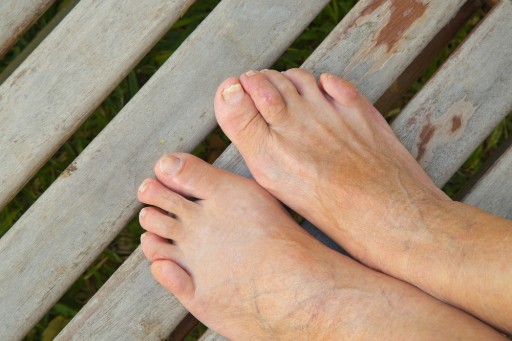 The foot condition that is known as Morton’s neuroma may also be referred to as Morton's syndrome. It is defined as a compressed nerve, and the pain that is felt is generally located between the third and fourth toes. Pain may also consist of a tingling sensation, similar to pins and needles, or numbness on the inside of the two toes. This condition can be caused from wearing shoes that do not fit correctly, or from participating in running and jumping activities. The healing process can bring mild relief, and this includes resting the affected foot as often as possible. It may be beneficial to wear protective pads inside the shoes as they can provide adequate support. If you have developed pain in this area of your foot it is suggested that you schedule an appointment with a podiatrist who can properly diagnose and treat Morton’s neuroma.
The foot condition that is known as Morton’s neuroma may also be referred to as Morton's syndrome. It is defined as a compressed nerve, and the pain that is felt is generally located between the third and fourth toes. Pain may also consist of a tingling sensation, similar to pins and needles, or numbness on the inside of the two toes. This condition can be caused from wearing shoes that do not fit correctly, or from participating in running and jumping activities. The healing process can bring mild relief, and this includes resting the affected foot as often as possible. It may be beneficial to wear protective pads inside the shoes as they can provide adequate support. If you have developed pain in this area of your foot it is suggested that you schedule an appointment with a podiatrist who can properly diagnose and treat Morton’s neuroma.
Morton’s neuroma is a very uncomfortable condition to live with. If you think you have Morton’s neuroma, contact Dr. Castillo of Bronx Foot Care. Our doctor will attend to all of your foot care needs and answer any of your related questions.
Morton’s Neuroma
Morton's neuroma is a painful foot condition that commonly affects the areas between the second and third or third and fourth toe, although other areas of the foot are also susceptible. Morton’s neuroma is caused by an inflamed nerve in the foot that is being squeezed and aggravated by surrounding bones.
What Increases the Chances of Having Morton’s Neuroma?
- Ill-fitting high heels or shoes that add pressure to the toe or foot
- Jogging, running or any sport that involves constant impact to the foot
- Flat feet, bunions, and any other foot deformities
Morton’s neuroma is a very treatable condition. Orthotics and shoe inserts can often be used to alleviate the pain on the forefront of the feet. In more severe cases, corticosteroids can also be prescribed. In order to figure out the best treatment for your neuroma, it’s recommended to seek the care of a podiatrist who can diagnose your condition and provide different treatment options.
If you have any questions, please feel free to contact our office located in Bronx, NY . We offer the newest diagnostic and treatment technologies for all your foot care needs.





